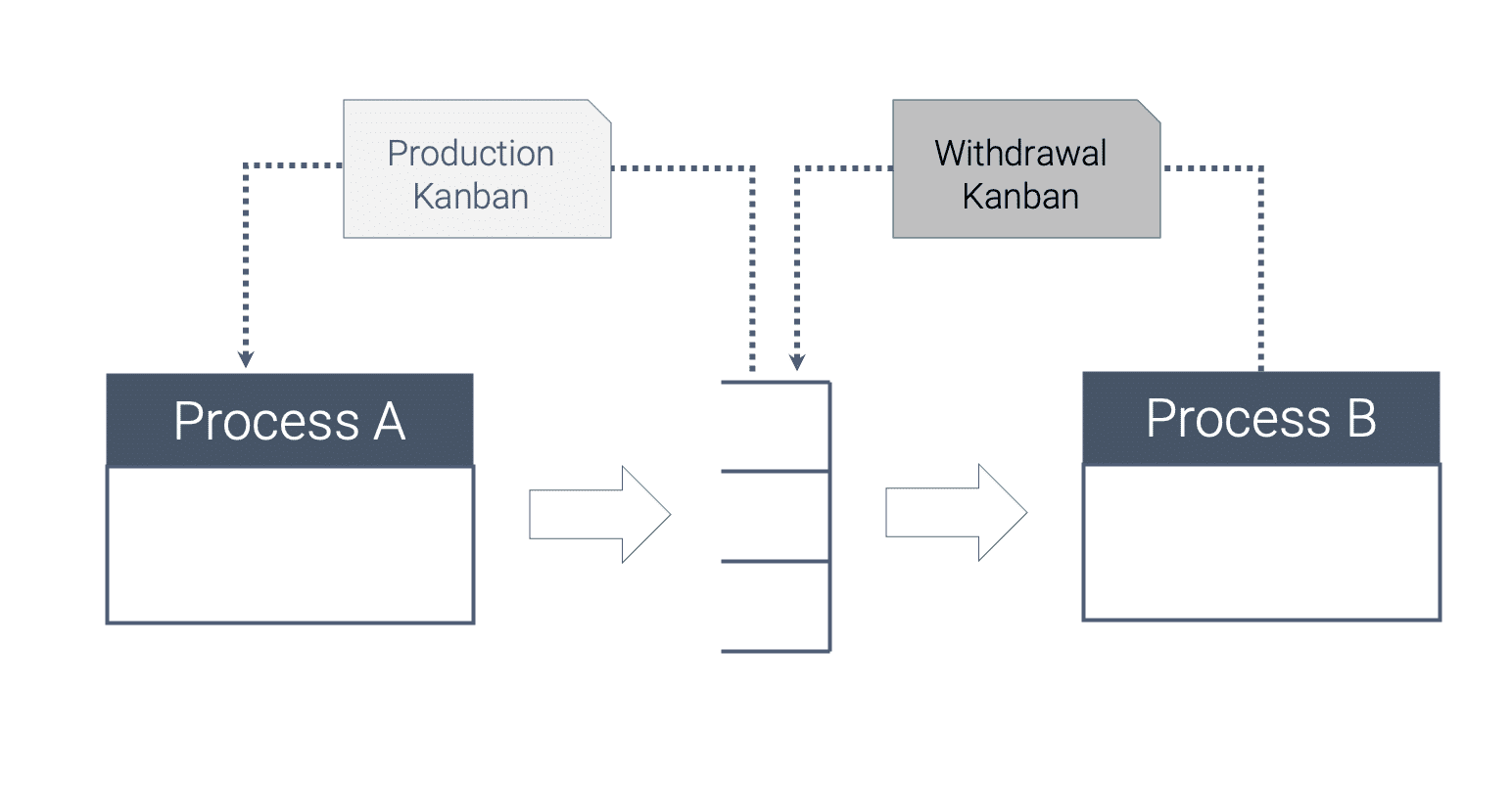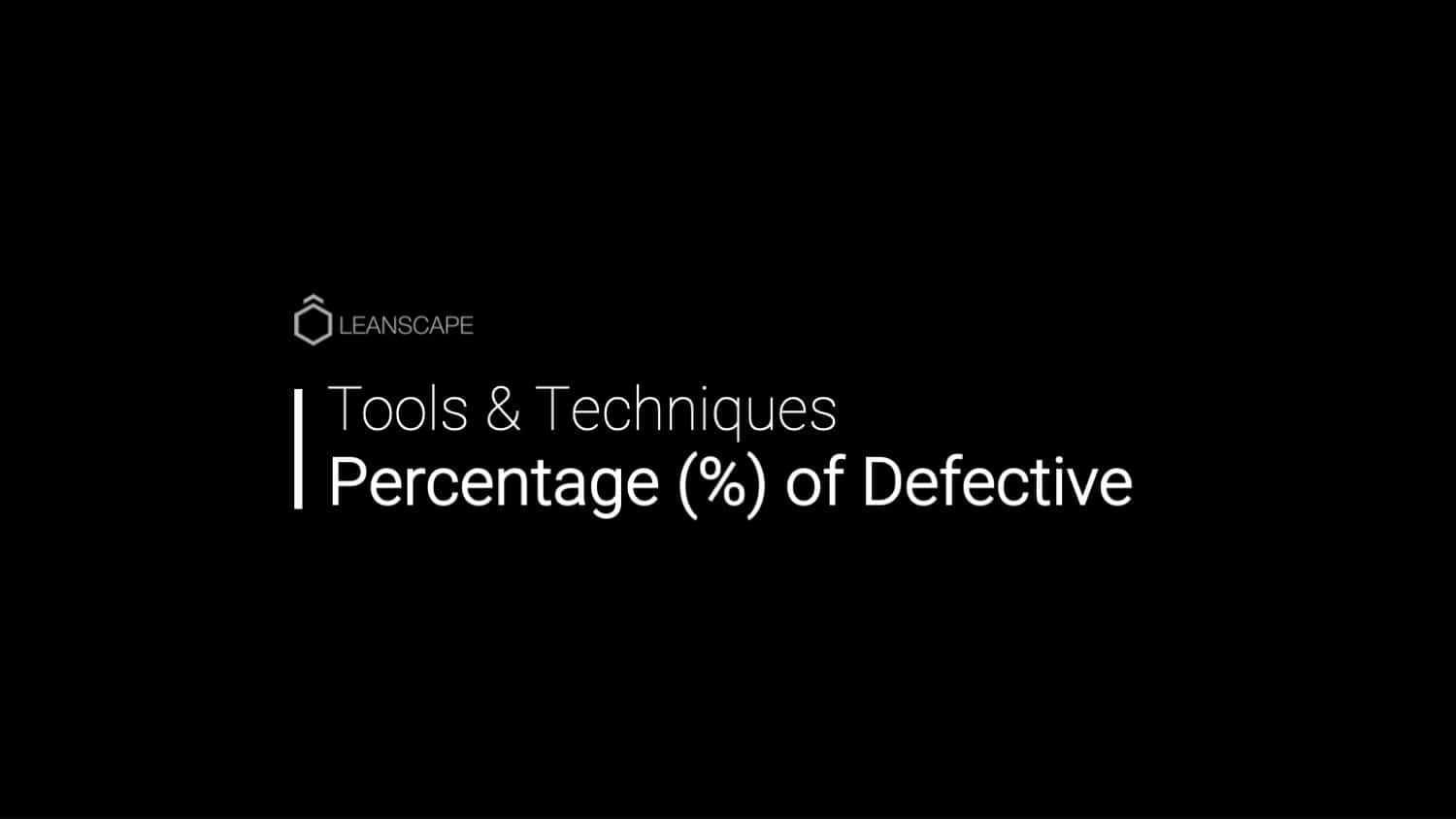
Understanding Lean Pull Systems
“All too often, we overproduce – We simply do more than is necessary.”
All too often, we overproduce. We do more than is necessary, we do more than the next person wants, needs or can cope with, and we end up with a pile of inventory.
The lean concept of pull builds on the idea of “process flow”. If we continually flowed products we would without a doubt, end up with inventory as we produced more than the customer wanted. The same is true of individual processes, as well. At some point, one process may flow so well that the next team or department can’t cope with the speed of the flow, and we would end up with a pile of inventory. We would overproduce.
Understanding the Concept of Lean Pull
The way to get around this is that we must start at the end of the process – with the customer. We then have to design what we do around customer demand. If the customer does not take a can of baked beans off the supermarket shelf and scans it at the till, no one will try to fill the supermarket shelf up with replacement tin. No one would order a replacement from the regional distribution centers. And the regional distributor centers will not order another replacement from Heinz (or any ofter not so good brands).
At it’s heart, this is the concept of lean pull (and kanban). We have a steady supply of materials ready to be pulled by the next process step. When the customer “pulls” the material forward, there is a signal to the previous process to produce whatever was taken.
The goal, just like flow, is to create a steady stream of products flowing to the customer based on the customer demand with small quantities throughout the process.
If you apply the supermarket idea to your home shopping, how many of us do a weekly bulk shop? We buy what we think we might want only to inevitably have more in the fridge than we can use, and some of it ends up in the recycling. Buy 2-get-1-free works entirely for supermarkets. We think we get a better price, but overall – does it work for our household budgets and the amount we put into the trash.
The key when trying to create “pull” or perhaps “implement pull” is to work on processes that are as close to the end customer as possible first. There is no point in making the “pull” work correctly, only to pay for increased finished goods storage.The easiest way I have found to explain how a pull system works is to use the Supermarket example. Apparently, when the senior Toyota leaders were visiting the US, they saw how the supermarkets were working and said, this is it.
Imagine you are in the supermarket. There is plenty of choices stocked on the shelves at all time right. Never too much so that the items are falling all over the floor and very rarely are the shelves completely empty.
If we think about a flow process to stock the shelves, there would be an employee with a selection of products visiting each isle deciding if he could restock them. The particular product might need a restock, it might not as we are not 100% sure what the customer has taken off the shelf. The process to restock might actually be quite lean, but it would not be linked to the customer demand and we end up with inventory.
If on the other hand, imagine that each time you scan the barcode at checkout the person restocking the shelves receives that information. They now know exactly what to restock and how many.
The prepare to restock the shelves with the exact amount that is now missing from the shelves and do the rounds.
We now have “pull”.
As products are bought by customers, the exact number is replaced. As it happens, this exact number at the end of the day will be ordered from the distribution centre who in term places an order for that exact number to the producer who …. I think you get the point.
This is the concept of “pull”. We produce to the customer demand. We produce how many the next process needs and not more.
The Importance of Pull for TPS
By adopting a pull-based system, companies can champion the eradication of waste at its most detrimental stage – before it even occurs. The very essence of the Pull Principle is about smart work flowing seamlessly through each production stage, catalyzed by actual customer orders. It’s a system designed to deliver a double-edged sword against inefficiency, cutting down both surplus inventory and the costs associated with it.
Implementing a pull approach often involves visual management tools that offer clear and immediate communication among team members – think Kanban boards that signal what to produce next. Just-in-time production principles are also a hallmark of the pull system; ensuring materials and products are ready exactly when the customer’s demand arises, not earlier, which ties in neatly with the quintessential Lean objective of continuous improvement.
This introduction will help set the precedent for understanding how the Pull Principle revolutionises the manufacturing and service processes, providing a bedrock for businesses to not just meet their customer’s expectations but exceed them with unprecedented efficiency. Lean thinking is not just a methodology but a dynamic pathway to sustainable, customer-centric business practices. The Pull Principle, therefore, isn’t a mere concept; it’s the pulsating heartbeat of Lean, keeping work in perfect rhythm with demand.
Learn More – Visit the Online Lean Academy




























